In the last decade, Goa has been expanding its economy beyond the tourism sector and emphasising growth in industries like logistics, agriculture and pharmaceuticals.
Significant strides have been made in enhancing infrastructure as part of this vision. Chief among these, is the opening of the state’s new greenfield airport, situated in Mopa (Pernem), around 35 kilometres from the capital city of Panjim.
The Manohar International Airport was inaugurated by Prime Minister Narendra Modi on 11 December 2022, marking the commencement of its phase-1 operations designed to accommodate 4.4 million passengers annually (MPPA). It has already captured nearly half of the state’s air traffic in its first year.
The second airport for the state was envisioned to open avenues for new employment for locals beyond traditional sectors such as hospitality and tourism.
Samiksha Amerhar and Rashmi Gaderkar, fresh out of their Class XII and BA respectively, recently received their appointment letters for one of the major ground handling agencies operating at the aviation facility. Both women hail from the same village in Pernem Taluka and live just 6 km from the airport.
Samiksha tells IIH, “After completing my BA, I faced challenges finding employment for a year. Our area lacks major organisations, compelling many to commute daily to cities like Mapusa or Panjim, 35-40 km away, or even further to Verna, Vasco, or Margao.”
“When the work for the airport began, my uncle informed me about the Aviation Skill Development Centre set up to train individuals for airport-related jobs.”
She adds, “The airport has created numerous jobs, with several private companies establishing here. Till now, government jobs were the preferred choice, but only now the views are shifting, and more students from the surrounding areas are looking to train at the centre.”
Just like Samiksha, 22-year-old Rashmi enrolled in the training course in May 2023 and completed the three-month programme at the centre. Both women chose the same course and eagerly awaiting further updates to commence their work.
The Aviation Skill Development Centre (ASDC), is a crucial component that began at initial stages of the airport development, mandated by the government of Goa as a compulsory provision for the concessionaire, GMR Airports Limited (GAL). This centre aims to empower local Goan youth with skills essential to work within the aviation industry.
Sanjot Sankpal, programme manager, states, “The centre opened in July 2022, to ensure that the locals can be trained in time with skills related to the aviation ecosystem. For this initiative, a survey was conducted in 2017 (following the foundation laying of the airport in 2016), to assess the current engagements and inclinations of locals. Based on the findings, courses were tailored to cover both technical and non-technical areas.”
Since its inception until 2023, the centre provided training to 927 individuals, of which 913 were placed at the facility. In the current year, 288 individuals have undergone training, with 251 of them successfully securing employment.
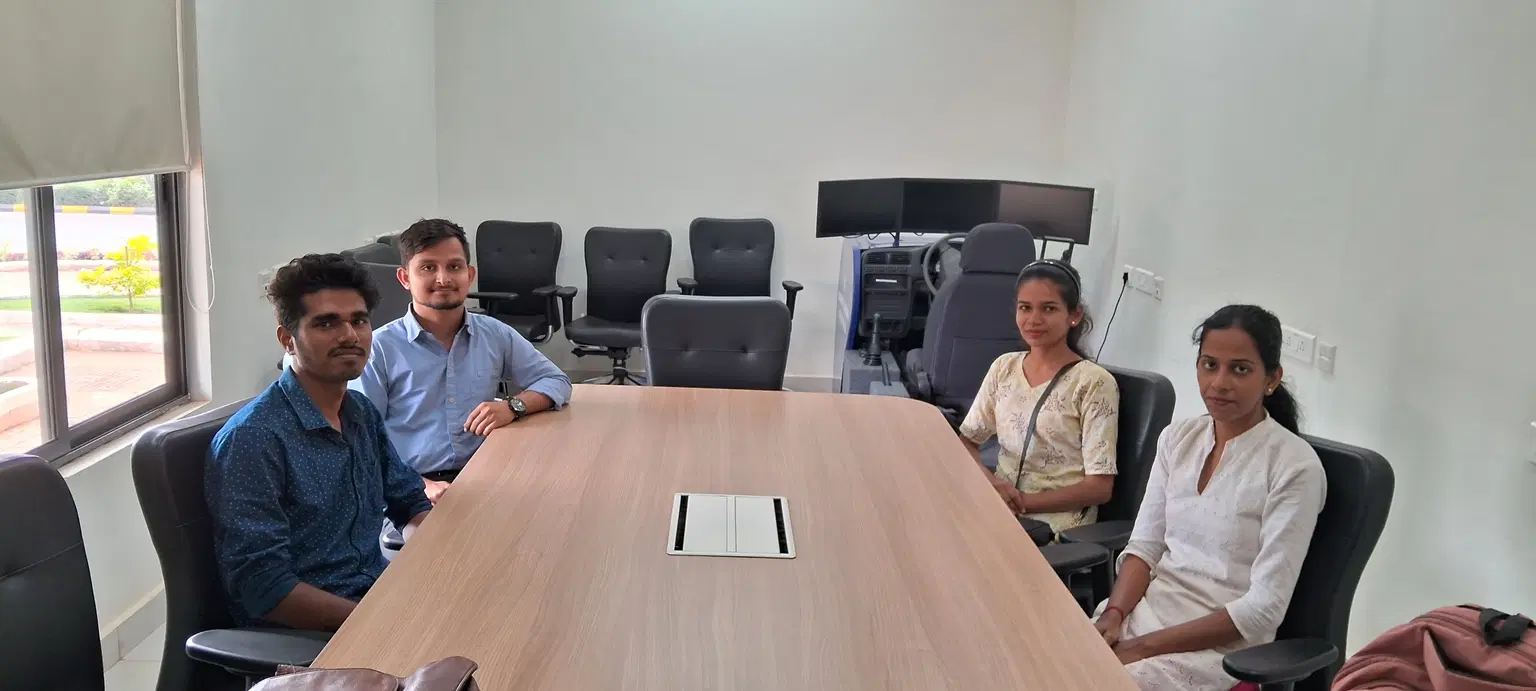
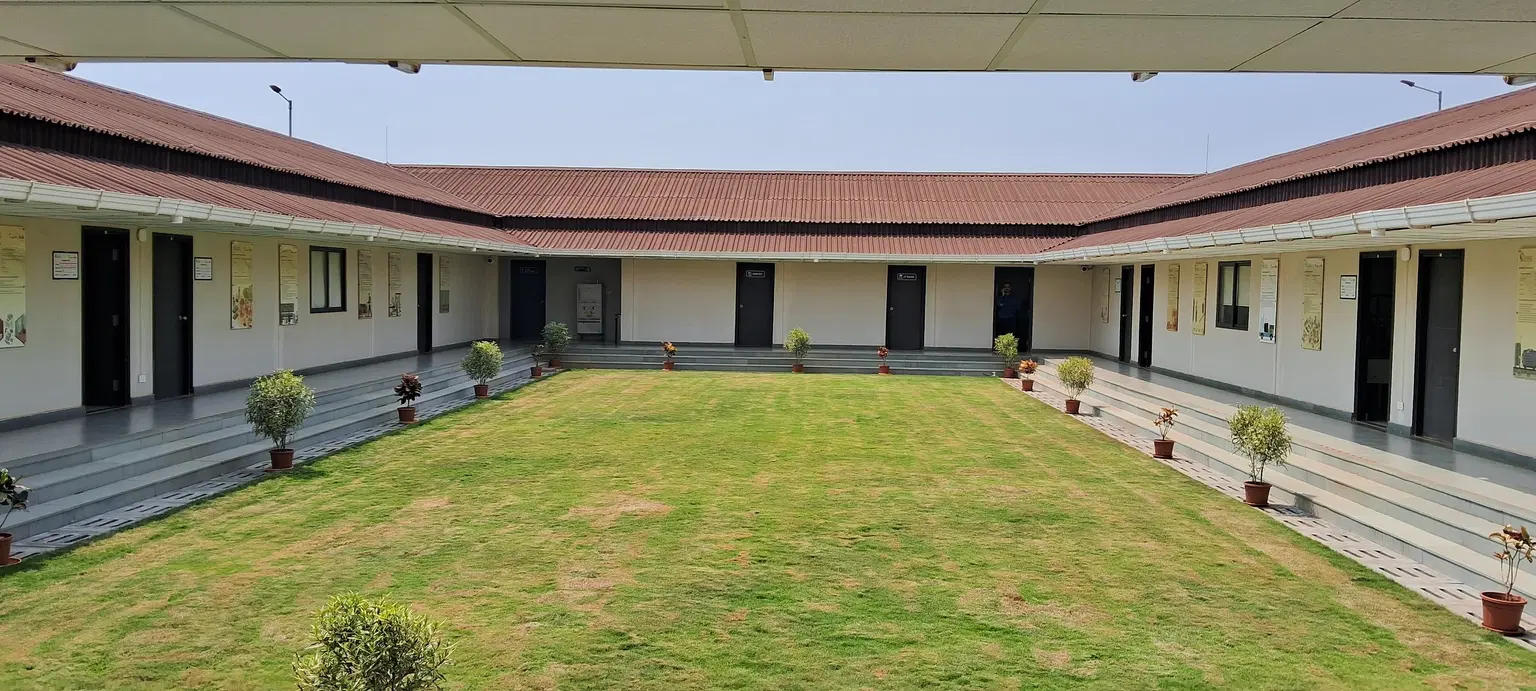
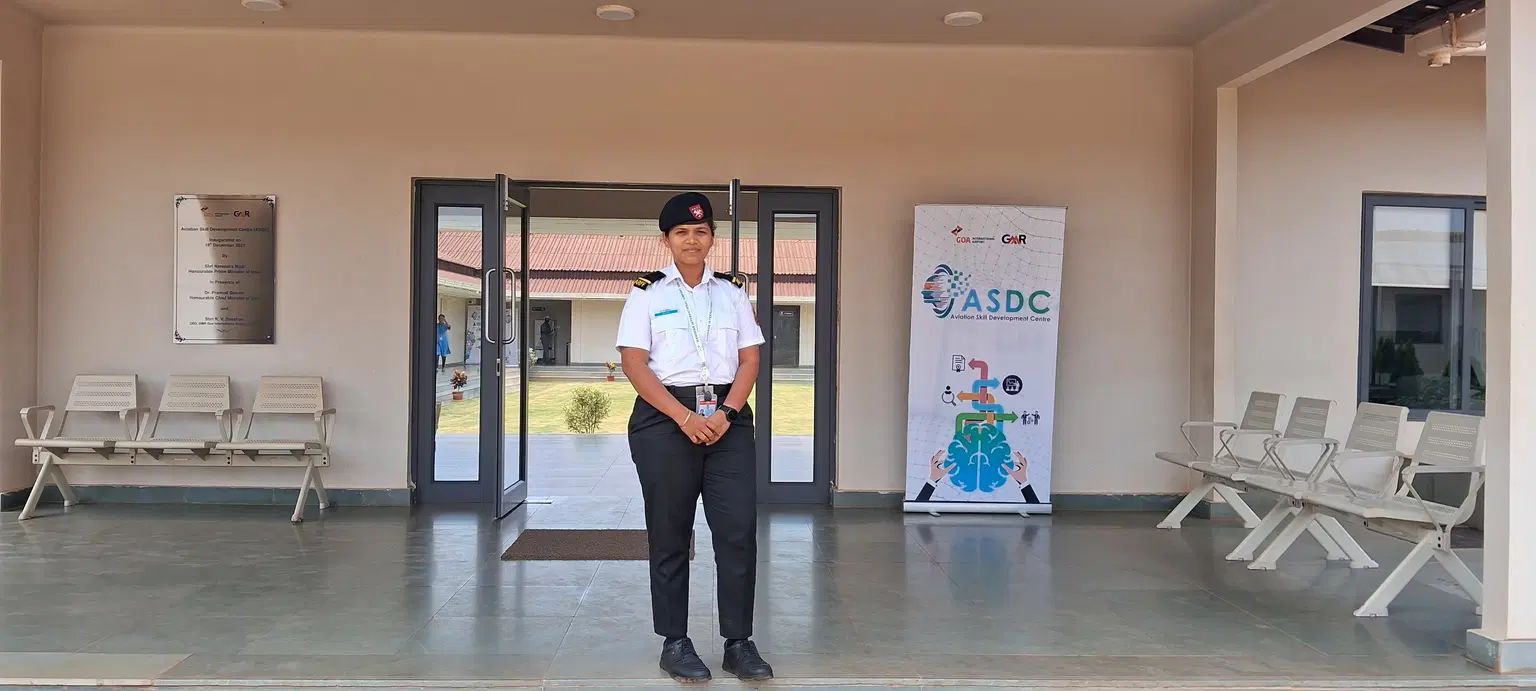
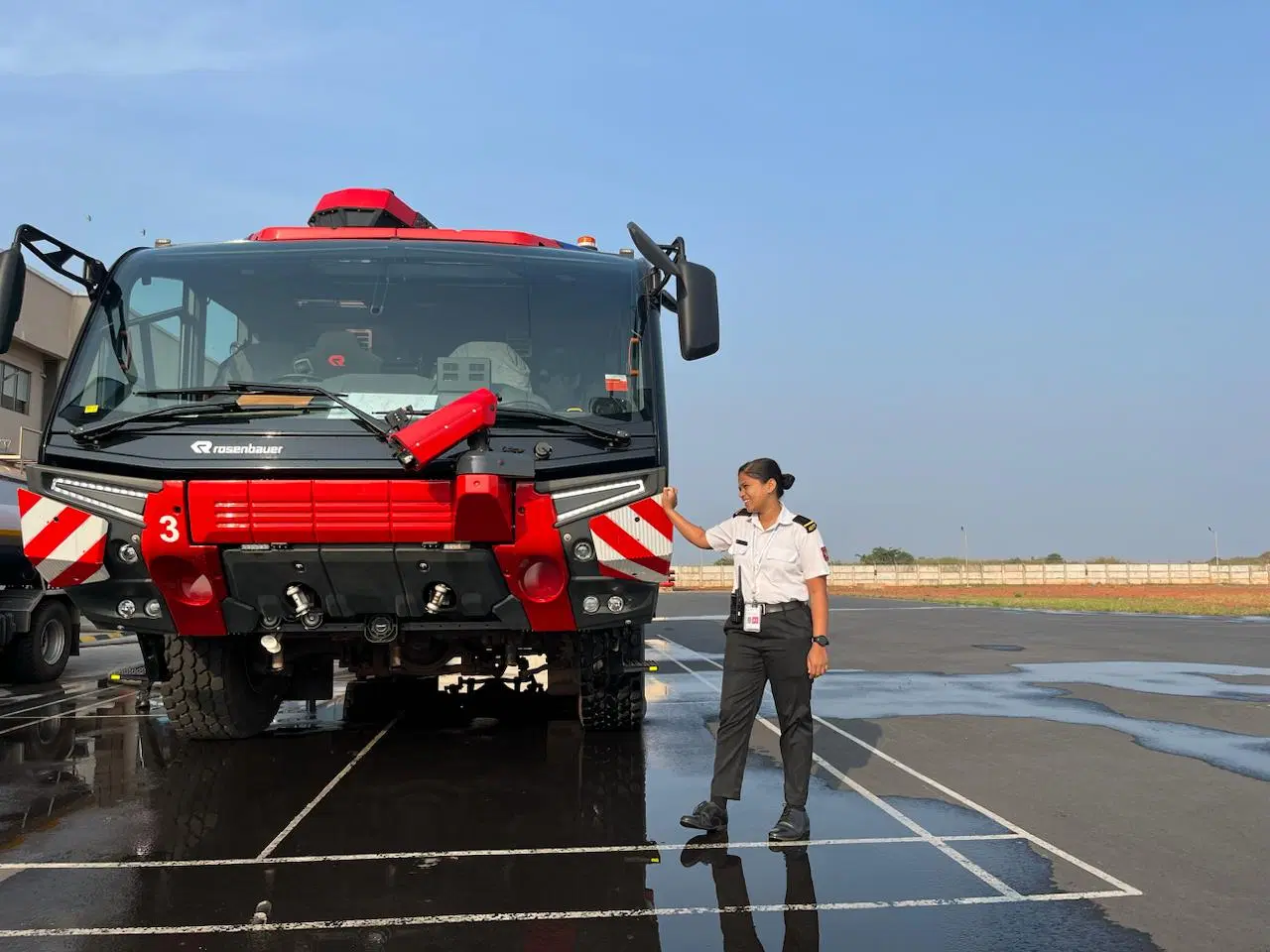
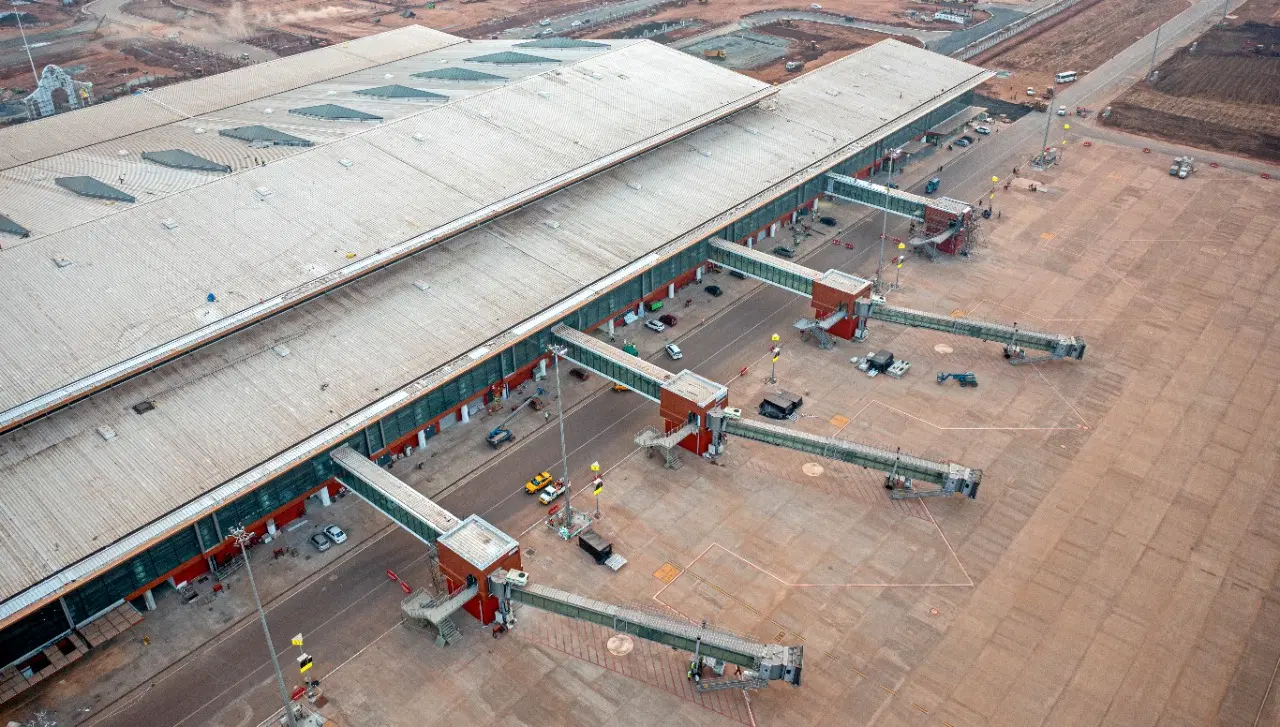
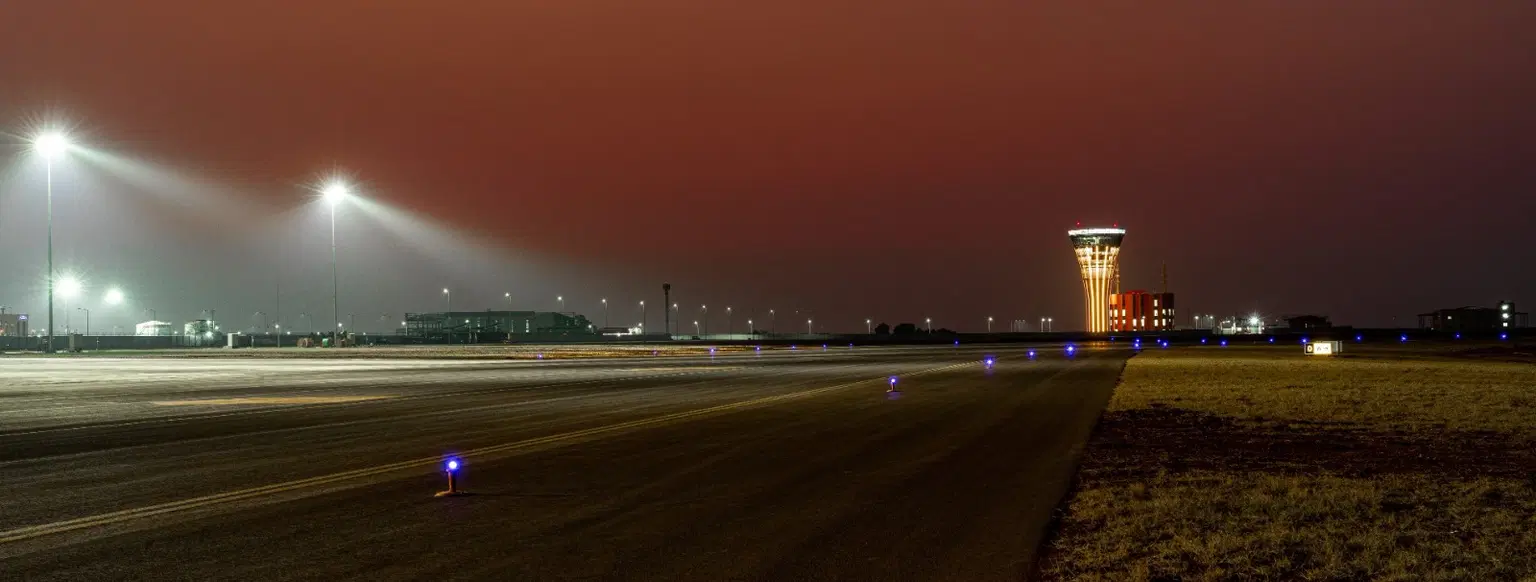
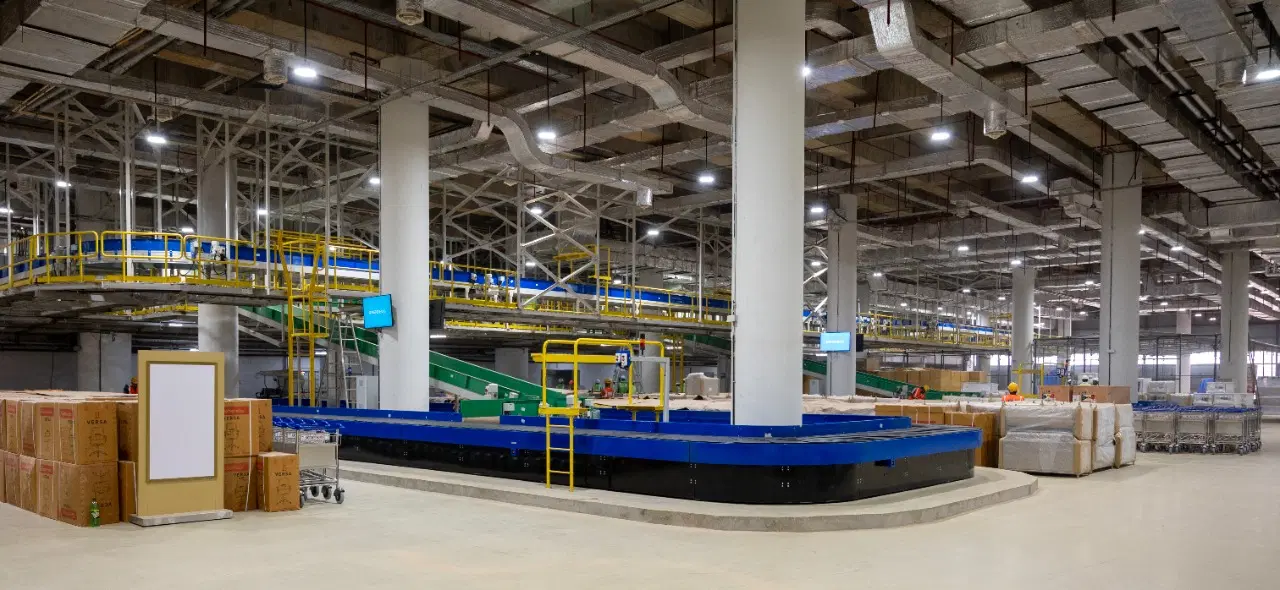
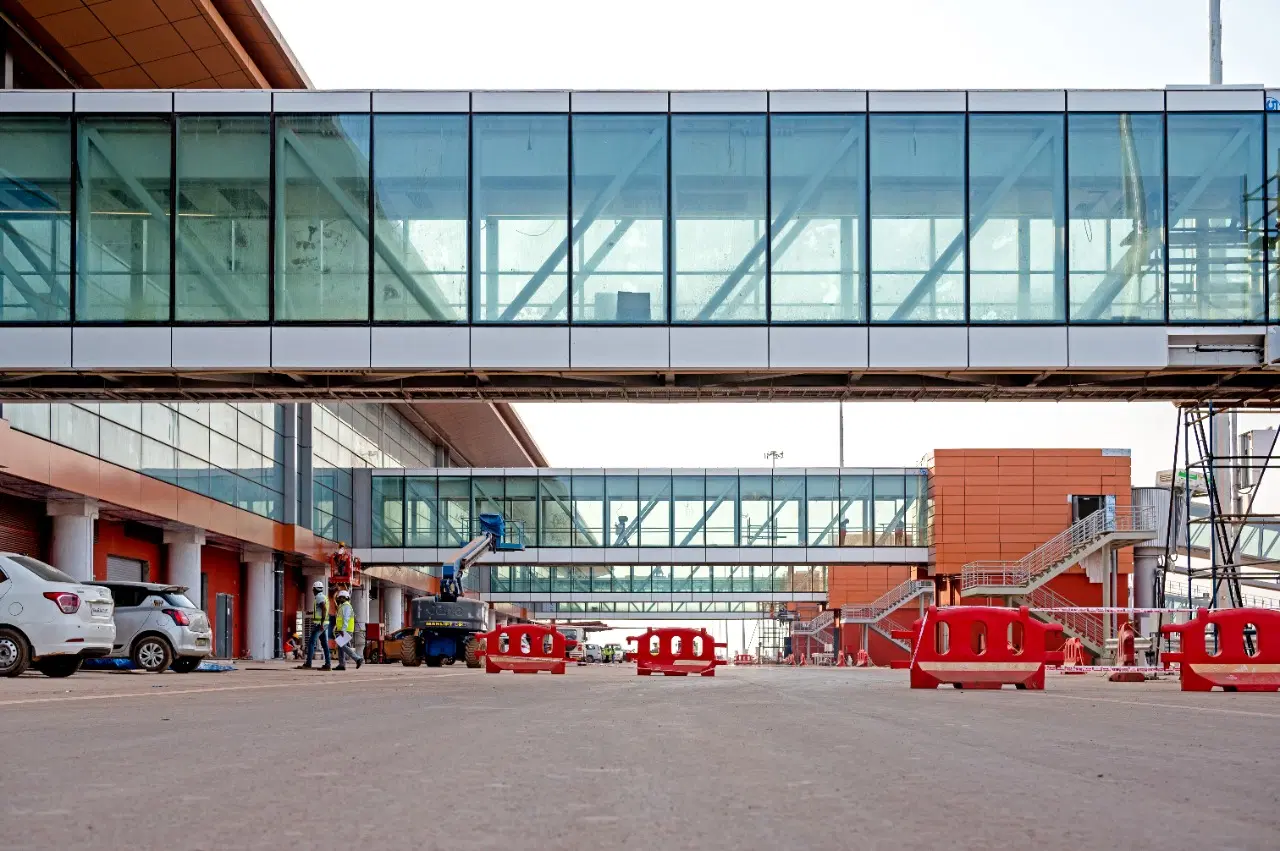


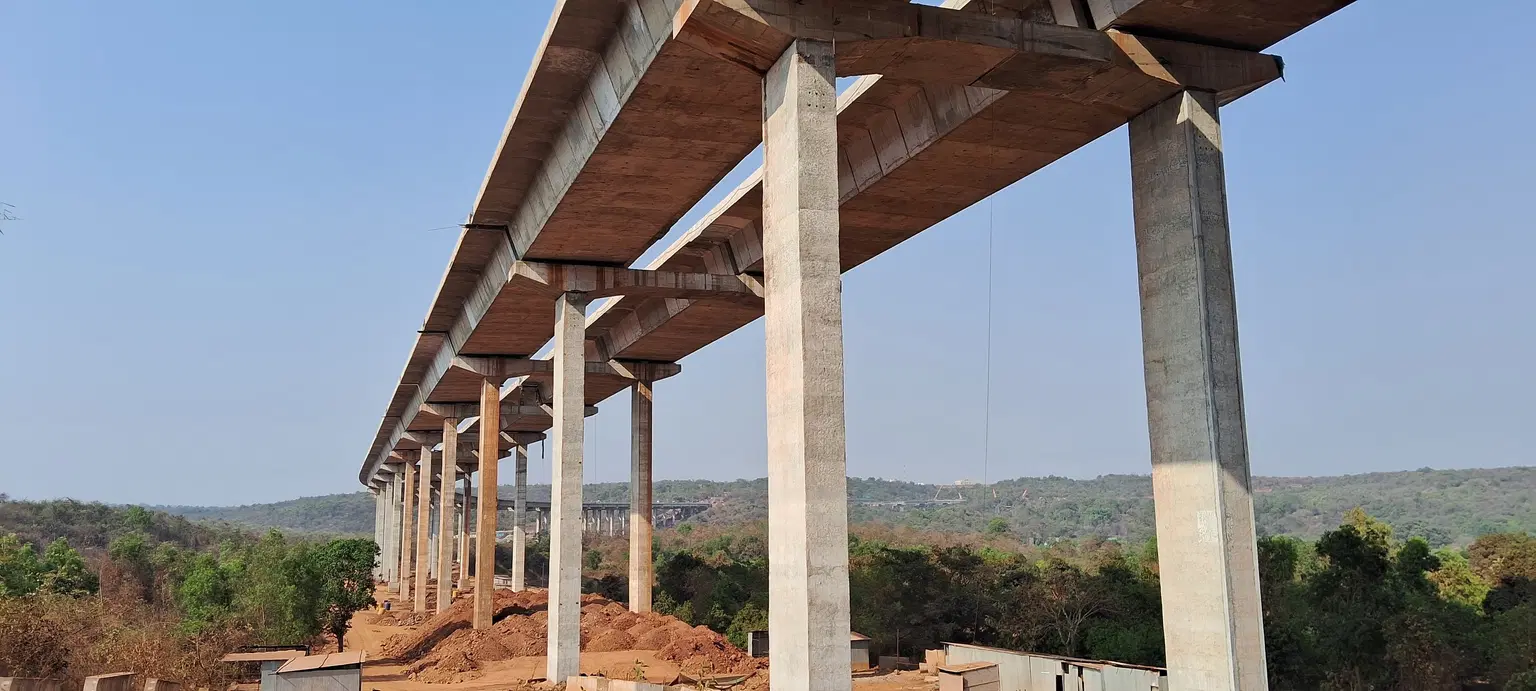
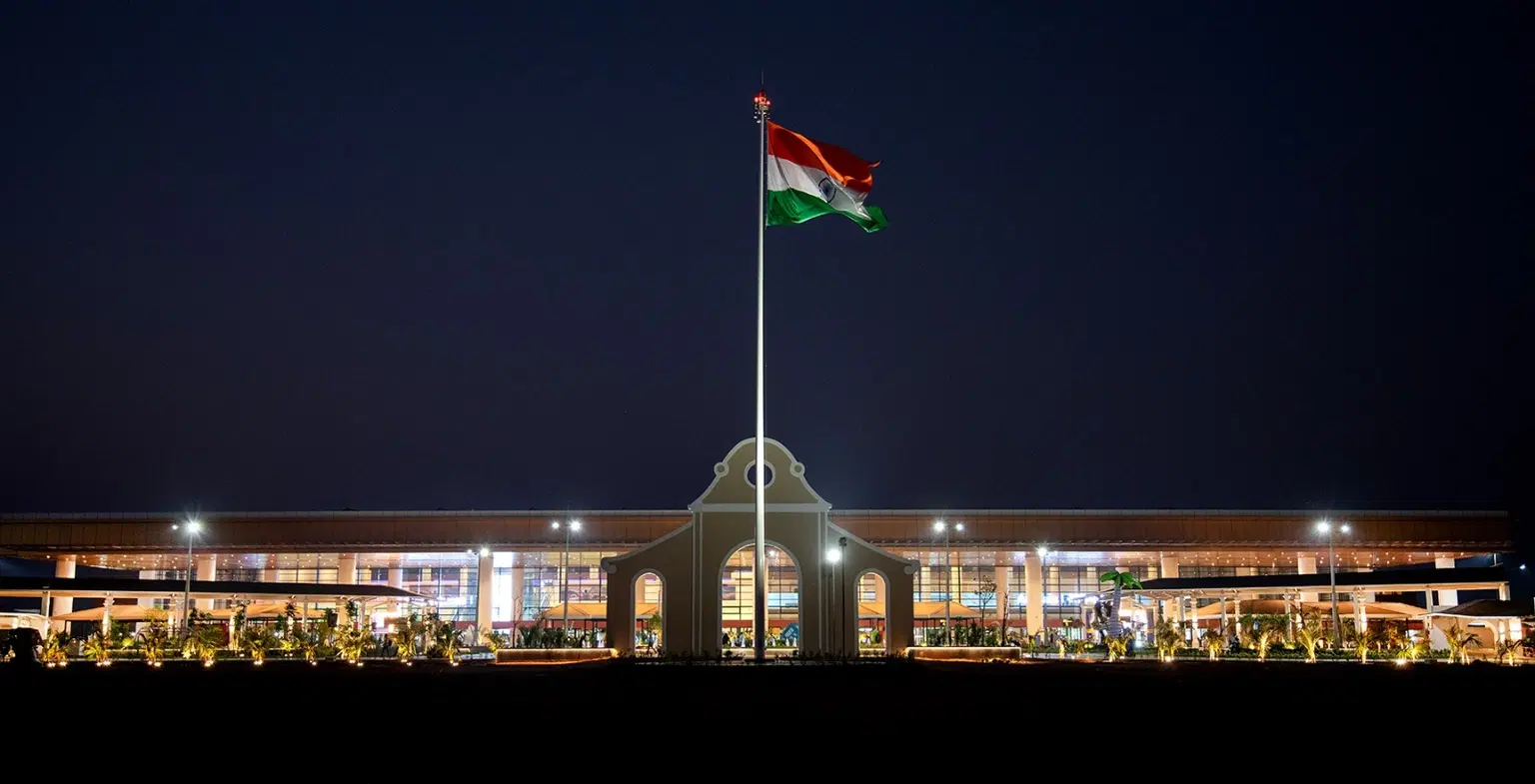
The number is only projected to rise with the expansion plans of upcoming phases. Beyond simply providing jobs, the airport has also become a catalyst for unique success stories among the locals.
24-year-old Disha Naik, from Casarvarnem, Pernem, seized the chance to train in Airport Rescue And Firefighting (ARFF) in 2021 with the ASDC, and joined the service as the first certified woman firefighter from Goa.
She tells IIH, “Mujhe humesha logo ki service ke liye kaam karna tha, iske liye Goa Police join karna tha, lekin vaha height ke issue se reh gaya. Yeh opening jaise hi pata laga, maine firse apne interest ke liye apply kar diya.”
(I have always been interested in physically demanding activities and to be of service for others. I initially aimed to join the Goa State Police, but had to drop. When I learnt about the firefighting training opportunity, I eagerly applied.)
Disha adds, “From Goa, 27 of us, received external training in firefighting at Rajiv Gandhi National Aviation University in Uttar Pradesh. I was the only female during the training. People in my village kept saying to not do this, but my parents and sister had always been supportive.”
After joining as a firefighter, Disha further pursued Crash Fire Tender (CFT) operator training in Namakkal, Tamil Nadu, becoming India’s first woman to be certified to operate a crash fire tender.
“Airport aane se bhaut logo ke liye jobs khul gaye. Mere baad ab aur ladkiyan bhi training ke liye gayin. Humaare gaaon se aur bhi log aa rahe hai yaha kaam karne.”
(After me, even more girls have gone for training. Additionally, more people from our village are coming here to work, as the airport’s arrival has opened up numerous job opportunities)
“In this region, majority are associated with government jobs, while others run small businesses or engage in tourism-related activities, earning modest incomes,” adds Prarthana, whose father earlier worked as driver during the airport’s construction. She now works in the retail sector at the airport.
“The jobs at the airport have opened completely new form of work, time shifts, environment, also bringing exposure to work with big corporates,” she adds.
Goa’s Dual Airport System
For those unfamiliar, prior to 2023, Goa’s sole operational airport was located at Dabolim. This airport functions as a civil enclave, with the terminal building managed by the Airports Authority of India (AAI), situated within a defence airport belonging by the Indian Navy.
However, clearly, the facility at Dabolim, remains restricted, while thinking of potential expansion plans for the state’s aviation sector.
A senior official from Civil Aviation Department, Goa government, says, “The new airport has been planned to address the overflow of the existing airport and to push the state towards further aviation-led development.”
He added, “As the only airport, also being a civil enclave, Dabolim was already operating beyond its passenger handling capacity. According to projections outlined in the Goa Dual Airport Feasibility report, it reached saturation in 2014. Moreover, operational constraints, such as timing restrictions also prohibited civil operations.”
“Goa, as a growing state, calls for a dual airport system, and the airport at Mopa has allowed to facilitate 2,133 acres of area for enhancing its aviation landscape with 24-hour operations, expansion possibilities, and the potential for cargo and transit hub development.”
The airport is being developed in four phases starting from 4.4 (MMPA) in its first phase. As per plans, work on the next phase expansion is triggered when 80 per cent of the usage capacity is reached.
However, as per officials, with the surge in usage within a year, plans are to begin work on phases-2 and 3 concurrently. In total, with all four phases finished, the facility has an ultimate potential of 33 MPPA.
Following a year of operations of the dual airport system, the state’s aviation journey has evolved significantly from operating fewer than five flights a day to managing over 130 flights per day seamlessly.
Goa’s Chief Minister Dr Pramod Sawant, stated that “the inauguration of the Manohar International Airport is anticipated to lead to a double-digit economic growth rate for the state. The airport will play a pivotal role in improving global connectivity by introducing new routes to accommodate the increasing demand for travel.”
One Year Of Manohar International Airport
The airport completed its first year by capturing 47 per cent of Goa’s air passenger traffic. It connects 25 domestic and five international destinations, and served 3.7 million passengers as of December 2023.
About the infrastructure, it features a single passenger terminal spanning 700,000 sq/ft, efficiently managing over 1,000 passengers per hour during peak times.
The runway stretches 3,750 metres in length and 60 metres in width, also supporting commercial aircraft with parking apron and technical facilities for repairs. The air traffic control tower, designed in the form of an Olympic torch, stands at a height of 49 metres.
Going forward, the facility plans to expand its reach to over 40 destinations, including both domestic and international routes.
While there is opposition that the new airport is planned to shut operations and take charge of the older airport, the dual airport system in 2023 led to a nearly 40 per cent increase in passenger and flight movements compared to the previous year, indicating how the government is aiming to increase the overall aviation capacity.
On plans beyond passenger transit, an aviation official tells Swarajya, “The state has planned the facility further for cargo movement, focusing on perishables like regional seafood, vegetables, fruits, and pharmaceuticals to boost exports. To support this, a cargo capacity of 10,000 metric tonnes has been established. Additionally, a fuel farm system has been set up, addressing previous gaps in the state’s aviation landscape.”
In the series of new introductions, on 12 March 2023, the airport welcomed regional airline FLY91 as it launched its inaugural Mopa-Agatti-Mopa flight. This is the first Goa-based airline, which will have its base at the Manohar International Airport.
“The commencement of a Goa-based airline with its base at the Manohar International Airport represents a notable achievement for the state’s growing aviation sector. The airline is focused on connecting smaller cities. Under ‘Deko apna desh’ and ‘Udaan’ schemes, this will boost tourism and the economy,” the Chief Minister said.
As the facility continues to expand, GMR also plans to transform it into a transit destination. For this purpose, 381 acres of land is allocated for city-side development, creating an experiential destination for transit passengers.
While the distance poses a concern for passengers currently, as the airport requires access through interiors of surrounding villages for a certain stretch, a 5.15-km-long, six-lane elevated corridor, NH166S, is being built to connect with the existing highway, to ensure direct connectivity.
According to officials, with the elevated corridor, both airports will take the same amount of travel time to reach from Panjim, the capital city.
Now as the infrastructural advancements are materialising in the state, authorities anticipate that this new wave of progress will adequately cater to Goa’s evolving needs in the coming decades, and anticipates to garner the confidence of additional companies, just like GMR in the state’s potential.


